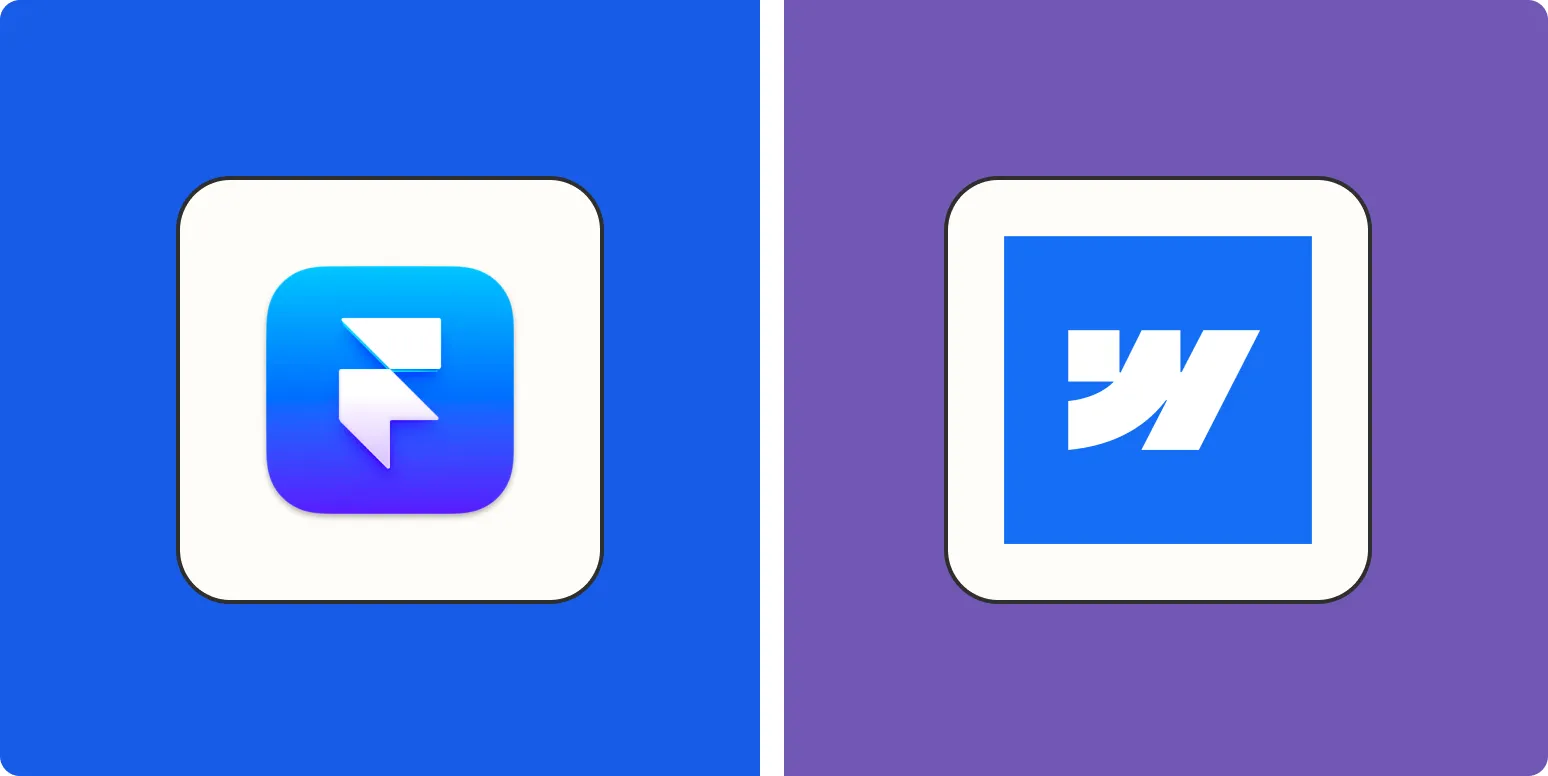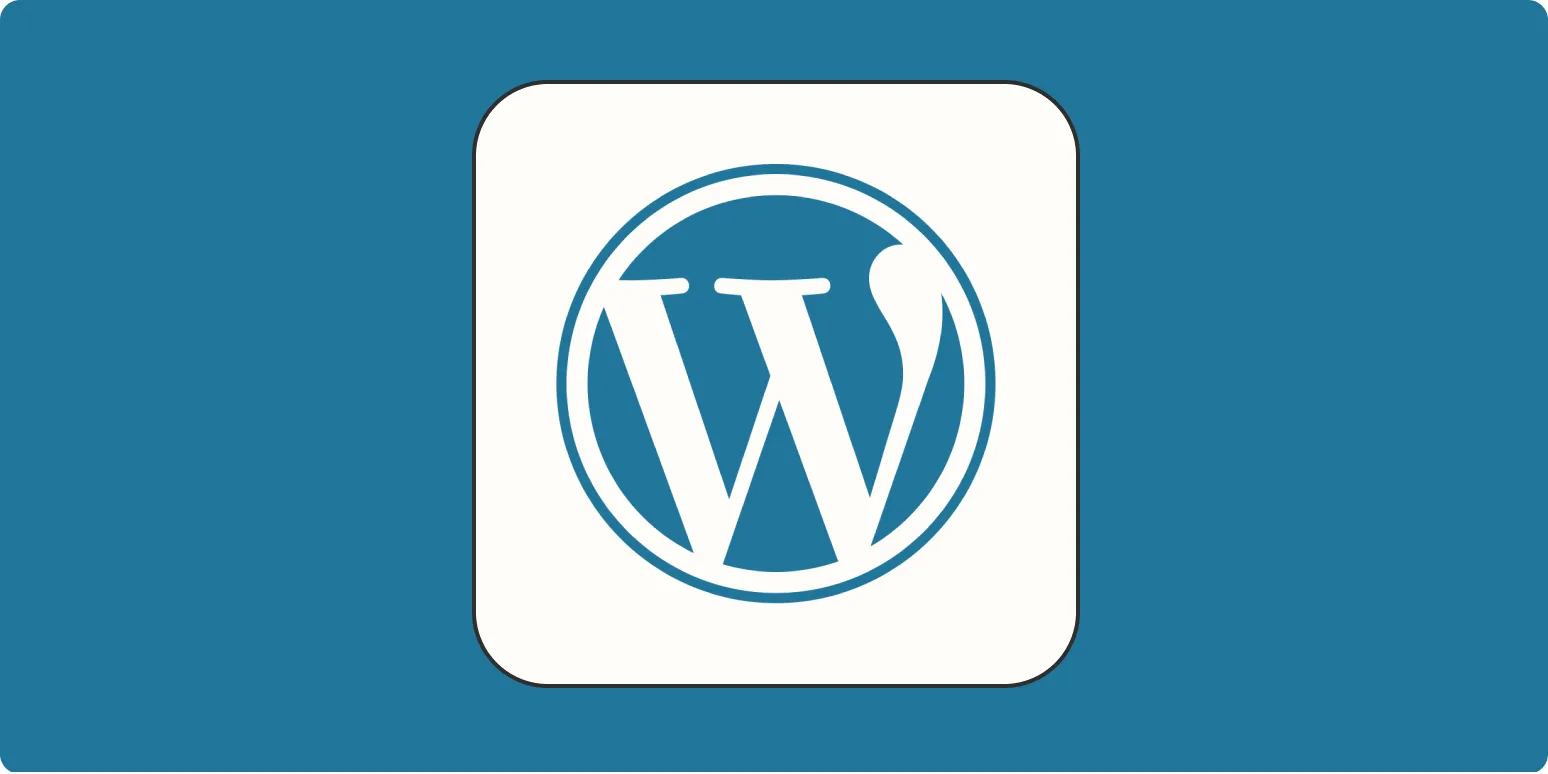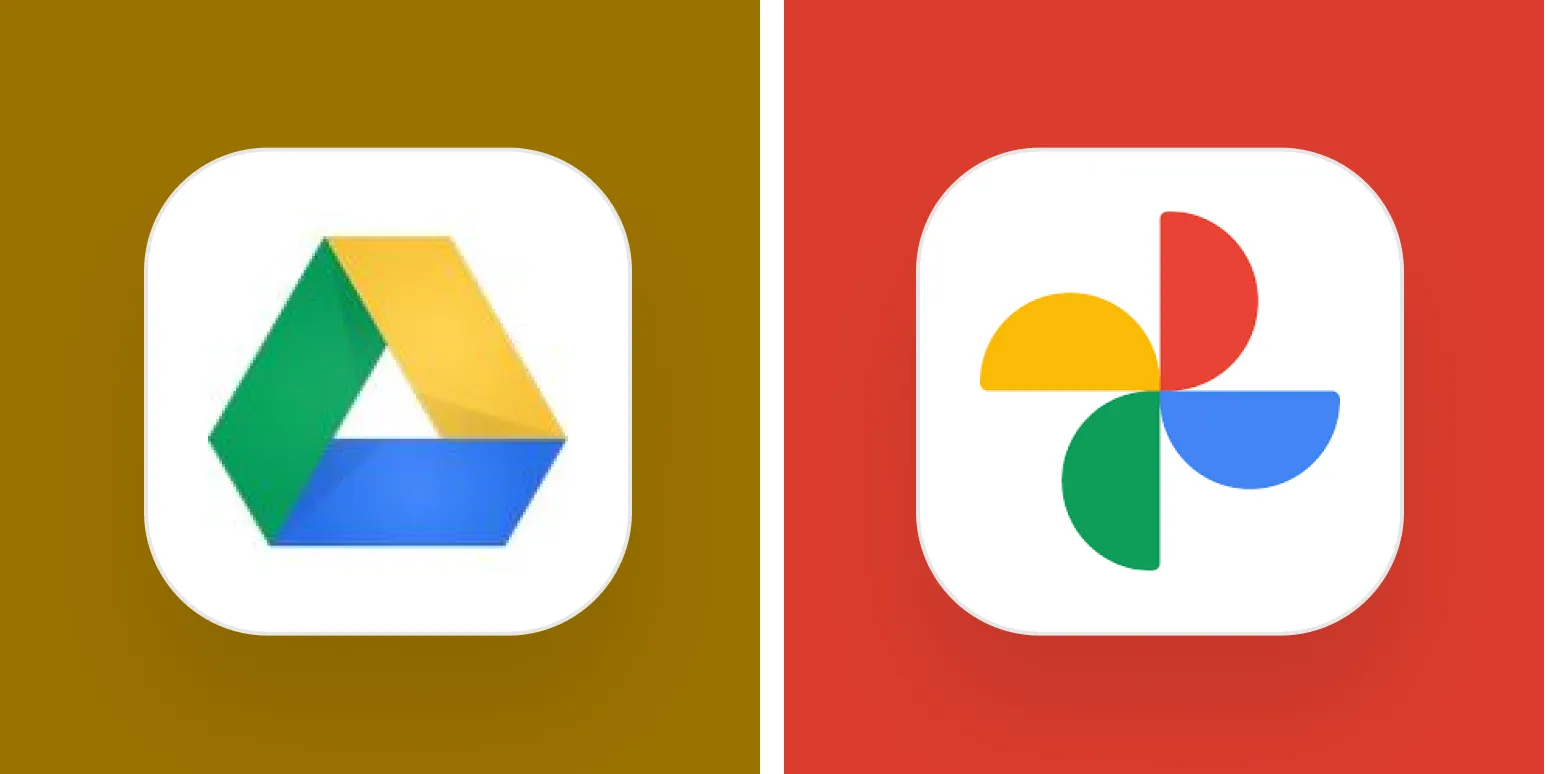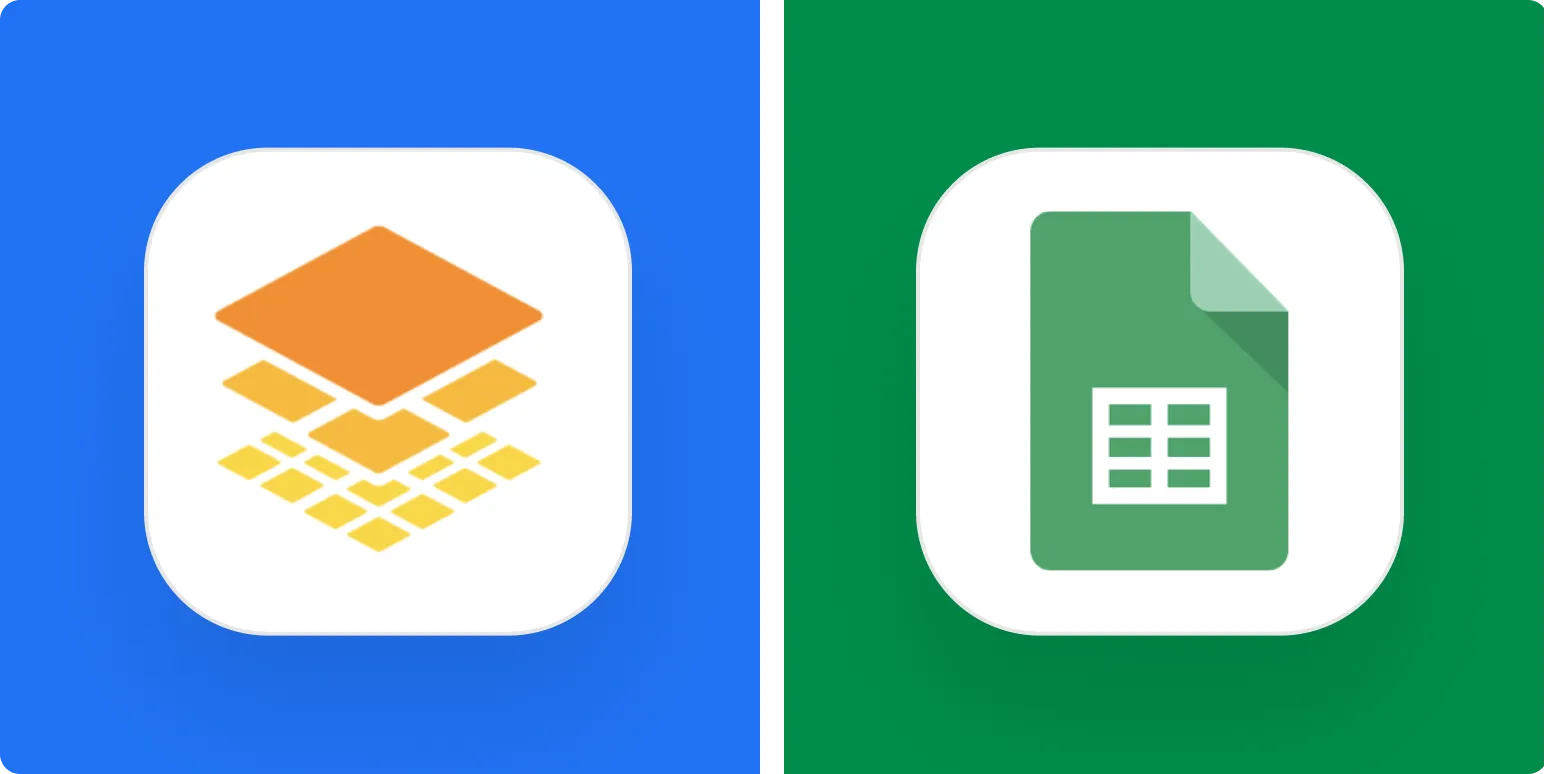When it comes to building a website, two powerful platforms often come to mind: ''Framer'' and ''Webflow''. Both have unique strengths and cater to different user needs, making the choice between them a critical decision for designers and developers alike. Below, we will explore the features, pros, and cons of both platforms, providing a detailed comparison to help you decide which one is the right fit for your project.
Feature Comparison
Both ''Framer'' and ''Webflow'' offer a range of features that cater to various web design needs. Here's a comparison of their key features:
| Feature | Framer | Webflow |
|---|---|---|
| Design Flexibility | Highly customizable with a focus on design | Powerful layout options with a designer-friendly interface |
| Ease of Use | Intuitive drag-and-drop functionality | Steeper learning curve but provides more control |
| Responsive Design | Built-in responsive design tools | Advanced responsive design capabilities |
| CMS Functionality | Limited CMS options | Robust CMS features for dynamic content |
| Integrations | Integrates with various third-party tools | Extensive integrations with marketing tools and APIs |
| Hosting | Framer provides hosting solutions | Webflow includes hosting with web design plans |
Pros and Cons
Understanding the advantages and disadvantages of each platform can help you make a more informed choice. Here’s a look at the pros and cons of ''Framer'' and ''Webflow'':
Framer
Pros:
- Fast prototyping capabilities for designers
- Clean and modern interface
- Ideal for creating visually stunning websites with animations
- Great for portfolio sites and landing pages
Cons:
- Limited CMS functionality compared to Webflow
- Less control over complex layouts
- Not as widely used in the industry, which may affect community support
Webflow
Pros:
- Advanced CMS features for dynamic content management
- Extensive design control with CSS-like capabilities
- Strong community support and resources
- Ideal for larger sites and e-commerce
Cons:
- Steeper learning curve for beginners
- More complicated interface compared to Framer
- Pricing may be higher for advanced features
Target Audience
Choosing between ''Framer'' and ''Webflow'' also depends on your target audience and project requirements. Here’s a breakdown:
| Audience Type | Framer | Webflow |
|---|---|---|
| Designers & Artists | Perfect for showcasing portfolios | Good for detailed project presentations |
| Small Businesses | Great for simple landing pages | Ideal for comprehensive business websites |
| Developers | Limited backend capabilities | Robust development features |
| E-commerce | Not suitable for complex e-commerce | Excellent for online stores with CMS |
Pricing Plans
Pricing is another crucial factor in deciding between ''Framer'' and ''Webflow''. Here's an overview of their pricing structures:
| Plan Type | Framer | Webflow |
|---|---|---|
| Free Plan | Available with limited features | Available with limited features |
| Basic Plan | Approximately $15/month | Approximately $12/month |
| Pro Plan | Approximately $25/month | Approximately $35/month |
| Business Plan | Approximately $45/month | Approximately $45/month |
Conclusion
In conclusion, the choice between ''Framer'' and ''Webflow'' depends on your specific needs and level of expertise. If you prioritize design flexibility and a straightforward user experience, ''Framer'' may be the better option for you. On the other hand, if you require advanced CMS features, greater control over your site’s functionality, and a platform suited for larger projects, ''Webflow'' is likely the right choice. Ultimately, both platforms have their unique strengths that can cater to different web design objectives, making it essential to evaluate your project requirements carefully before making a decision.





